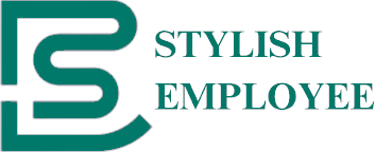The Future of Workwear: Top Office Fashion Trends Shaping 2025 Worldwide
The Future of Workwear: Top Office Fashion Trends Shaping 2025 Worldwide
9/7/20255 min read


The Future of Workwear: Top Office Fashion Trends Shaping 2025 Worldwide
Introduction
The corporate world is experiencing a fashion revolution, and workwear trends 2025 are reshaping how professionals dress across the globe. Gone are the days of rigid dress codes and uncomfortable suits; today’s workforce demands clothing that seamlessly transitions from video calls at home to boardroom meetings in gleaming offices. From sustainable fabrics that protect our planet to smart textiles that adapt to our bodies, the future of office fashion is here—and it’s more exciting than ever. This comprehensive guide explores the top office fashion trends of 2025, showing you how to cultivate a professional, stylish, and future-ready wardrobe.
Table of Contents
The Rise of Hybrid Workwear
Sustainable Fashion Takes Center Stage
Smart Textiles Revolution
Color Psychology and Style Evolution
Gender-Neutral Workwear
Budget-Friendly Professional Fashion
Regional Trends: India Focus
Future Predictions 2026+
Conclusion
FAQs
1. The Rise of Hybrid Workwear
Work From Home vs Office Balance
The hybrid work model has redefined professional dress codes. Employees split their week between home offices and corporate headquarters, so clothing must be both comfortable for remote work and polished for in-person interactions. Key versatile pieces include:
Unstructured Blazers: Soft-shouldered, unlined blazers in neutral tones allow mobility and maintain formality.
Knit Trousers: Elasticated-waist trousers in wool blends offer flexibility without sacrificing a tailored look.
Polished Loungewear Tops: Sweater-knit button-downs or fine-gauge turtlenecks bridge the gap between sweatshirts and dress shirts.
Versatile Pieces That Work Everywhere
To maximize outfit mileage, focus on garments that pair well across contexts:
Convertible Dresses: Midi-length shirt dresses with removable belts transition effortlessly from video calls to client lunches.
Hybrid Blouses: Shirts with technical fabrics—moisture-wicking, wrinkle-resistant, and stretchy—streamline travel days and back-to-back meetings.
Layering Essentials: Lightweight cardigans, vests, and longline waistcoats add warmth and style without bulk, perfect for chilly offices and temperate home setups.
2. Sustainable Fashion Takes Center Stage
Eco-Friendly Fabric
Sustainability is no longer a buzzword but a bedrock principle of 2025 workwear. Leading eco-friendly materials include:
Recycled Polyester: Reduces landfill waste and water use, often blended with Tencel for softness.
Organic Cotton: Grown without harmful pesticides, using up to 91% less water than conventional cotton.
Hemp and Bamboo Blends: Naturally antimicrobial and breathable, ideal for warm climates.
Brands Leading Change
Several brands are pioneering sustainable office fashion:
Eileen Fisher: Known for its Renew program, which collects and repurposes used garments into new designs.
Reformation: Utilizes deadstock fabrics and tracks every garment’s carbon footprint on its website.
Arket: Offers transparent sourcing, focusing on circular design and regenerative agriculture.
3. Smart Textiles Revolution
Wearable Tech in Professional Clothes
Smart textiles are transforming how workwear functions:
Temperature-Regulating Fabrics: Phase-change materials absorb and release heat, ensuring comfort across climates.
Moisture-Wicking and Antibacterial Weaves: Embedded silver ions and specialized yarns inhibit odor and manage perspiration.
Posture-Correcting Garments: Integrated tension panels gently support the spine during long desk sessions.
Future of Smart Fabrics
Looking ahead, expect:
Biometric Monitoring: Garments embedded with sensors to track heart rate variability and stress levels during high-pressure meetings.
Interactive Surfaces: Fabrics that change color or pattern based on touch or environmental cues, ideal for branded uniforms or presentations.
Energy-Harvesting Textiles: Materials that convert body heat or movement into power for wearable devices.
4. Color Psychology and Style Evolution
Power Colors 2025
Color trends in office wear serve more than aesthetic purposes; they influence mood and perceptions:
Deep Teal and Midnight Blue: Signify trust and calm authority—excellent alternatives to traditional black suits.
Burnt Sienna and Mustard Yellow: Evoke warmth and creativity, perfect for client-facing roles in marketing or design.
Soft Neutrals (Sand, Mushroom, Slate): Provide a versatile backdrop for bold accessories and layering pieces.
Minimalist vs Bold Trends
Modern professionals strike a balance between restraint and expression:
Monochrome Dressing: Creating sleek, tonal outfits using varying textures in the same color family.
Statement Separates: Bold patterned skirts, wide-leg trousers, or jewel-tone blazers worn against minimalist basics.
Cultural Infusions: Subtle nods to heritage—such as ikat prints or handwoven textiles—integrated into structured silhouettes.
5. Gender-Neutral Workwear
Inclusivity drives design in 2025, with many labels offering unisex collections:
Oversized Tailoring: Blazers and trousers cut in boxy shapes, eliminating traditional gendered fits.
Adjustable Drawstrings and Elastic Waistbands: Allow everyone to tailor fit without bespoke tailoring.
Neutral Color Palettes: Blacks, greys, and navies dominate, punctuated by unisex accessories like crossbody utility bags.
Brands like Universal Standard and Totême champion this approach, providing extended sizing and interchangeable styling guides.
6. Budget-Friendly Professional Fashion
Investment Pieces
Allocate budget to staples with high cost-per-wear value:
Classic Blazer (₹4,000–₹8,000): A well-fitted blazer in wool-blend or premium polyester.
Tailored Trousers (₹3,500–₹6,000): Versatile for office or evening events.
Crisp White Shirt (₹1,500–₹3,000): Perfect base for layering and pattern mixing.
Affordable Brand Alternatives
Smart shopping strategies:
Seasonal Sales and Pop-Ups: Purchase last season’s quality basics at 50–70% off.
Rental Services: Platforms like Rent the Runway offer designer pieces for pivotal presentations.
Local Tailors: Custom alterations often cost less than comparable ready-to-wear adjustments.
7. Regional Trends: India Focus
Fusion Fashion
Indian professionals blend Western cuts with traditional touches:
Indo-Western Kurtas: Paired with tapered pants or culottes for a polished look.
Layered Dupatta Scarves: Styled as shawls or belted accents over blazers.
Handloom Textiles: Khadi and Chanderi fabrics in muted hues for corporate gatherings.
Climate-Appropriate Professional Wear
India’s diverse climate demands fabric adaptability:
Lightweight Linen and Khadi: Promote airflow in tropical regions.
Moisture-Wicking Blends: Essential for monsoon months.
Structured Knits: Provide warmth in hill-station offices without bulk.
8. Future Predictions 2026+
Looking beyond 2025, anticipate:
Virtual Reality Showrooms: Try-on experiences projected in mixed-reality meeting rooms.
Biodegradable Smart Fabrics: Fully compostable garments with technological integration.
Blockchain Provenance: Consumer access to verified ethical and environmental supply-chain data.
Conclusion
In 2025, office fashion transcends mere aesthetics, embracing innovation, sustainability, and inclusivity. Professionals now demand wardrobes that work as hard as they do—adapting to hybrid schedules, reflecting personal values, and leveraging technology for enhanced performance. By integrating eco-friendly fabrics, smart textiles, and versatile styling, today’s workwear sets the stage for a more dynamic, responsible, and expressive professional landscape. Embrace these trends to ensure your wardrobe is not just current but future-ready.
FAQs
What are the top workwear trends for 2025?
The leading trends include hybrid workwear versatility, sustainable fabrics, smart textiles, bold color palettes, and gender-neutral tailoring.How can I dress professionally on a budget?
Invest in staples like a quality blazer and tailored trousers, shop seasonal sales, utilize rental services, and work with local tailors for affordable custom fits.What is hybrid workwear?
Hybrid workwear comprises adaptable pieces—such as knit blazers and moisture-wicking shirts—that look polished in the office and feel comfortable at home.Which fabrics are best for office wear?
Look for wrinkle-resistant wool blends, organic cotton, recycled polyester hybrids, and technical weaves offering moisture management and breathability.How do I incorporate sustainable fashion in workwear?
Choose brands with transparent sourcing, favor organic or recycled materials, support circular programs, and purchase responsibly produced basics.What colors are trending in professional wear 2025?
Deep teals, burnt sienna, mustard yellow, and soft neutrals like sand and slate are top choices, offering both authority and creative flair.How should Indian professionals adapt global workwear trends?
Blend Western silhouettes with local textiles—such as khadi and Chanderi—opt for lightweight fabrics in warmer regions, and incorporate fusion accessories.What are smart textiles in workwear?
Smart textiles include temperature-regulating phase-change materials, moisture-wicking and antibacterial weaves, posture-support panels, and integrated biometric sensors.
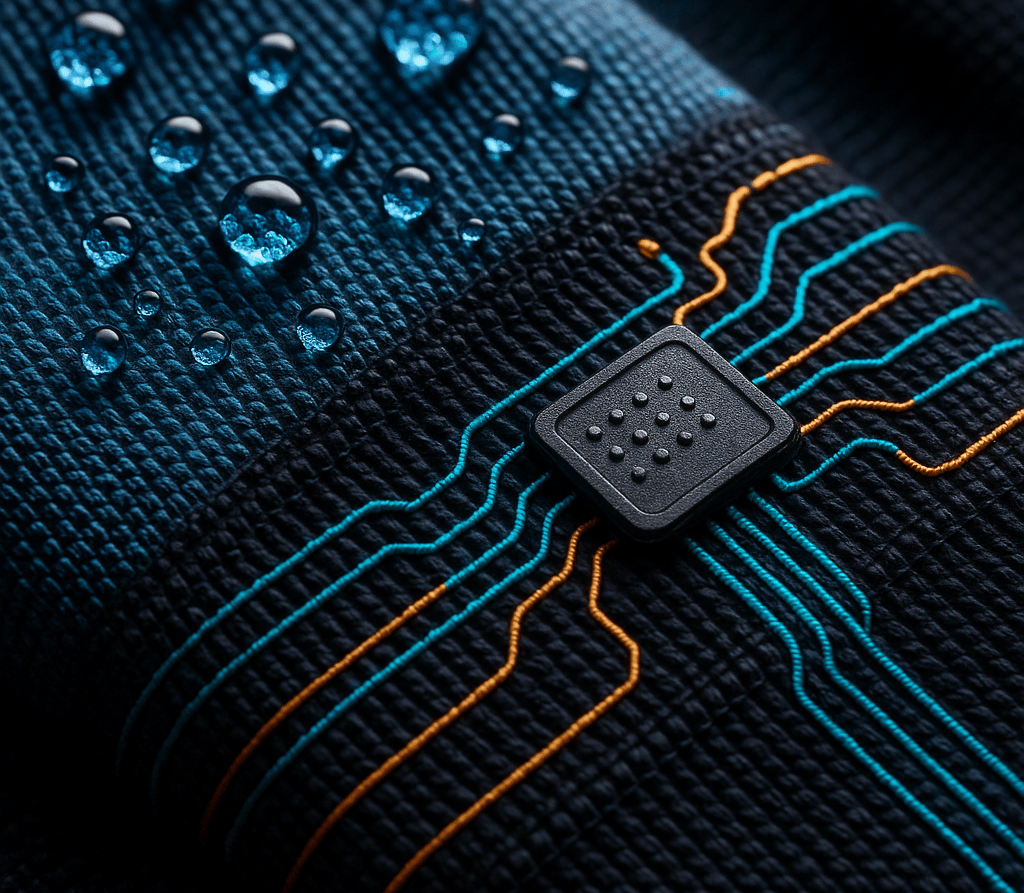

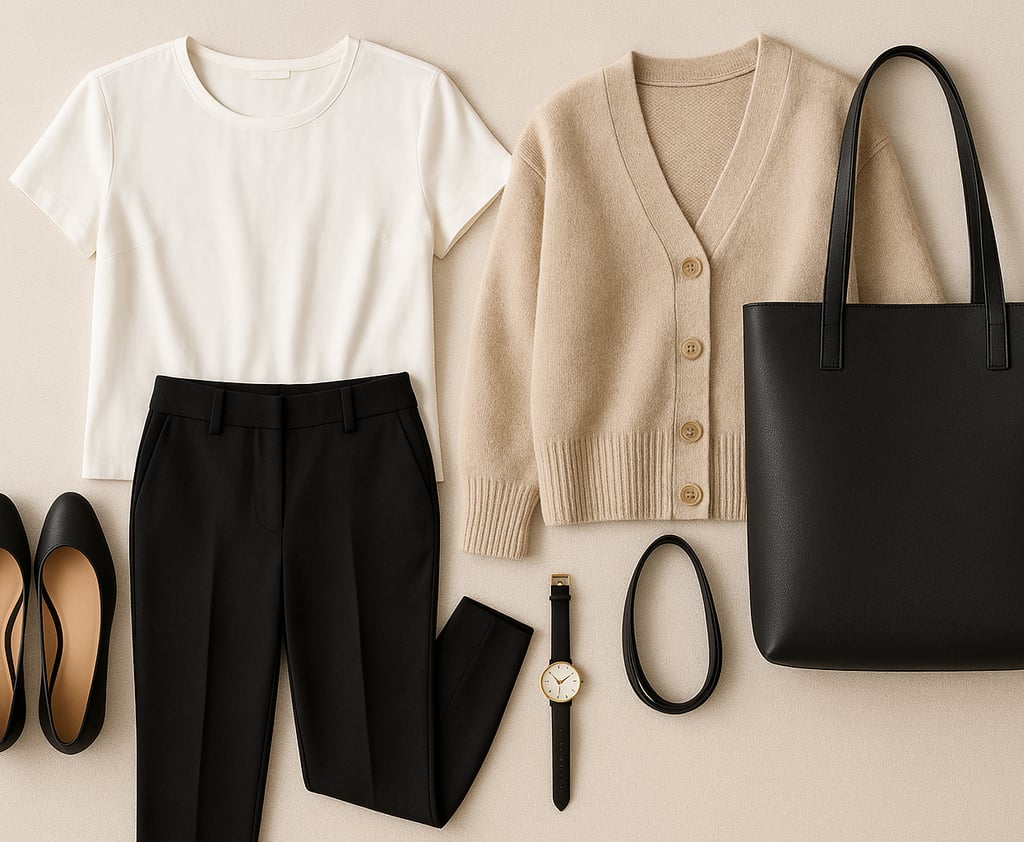

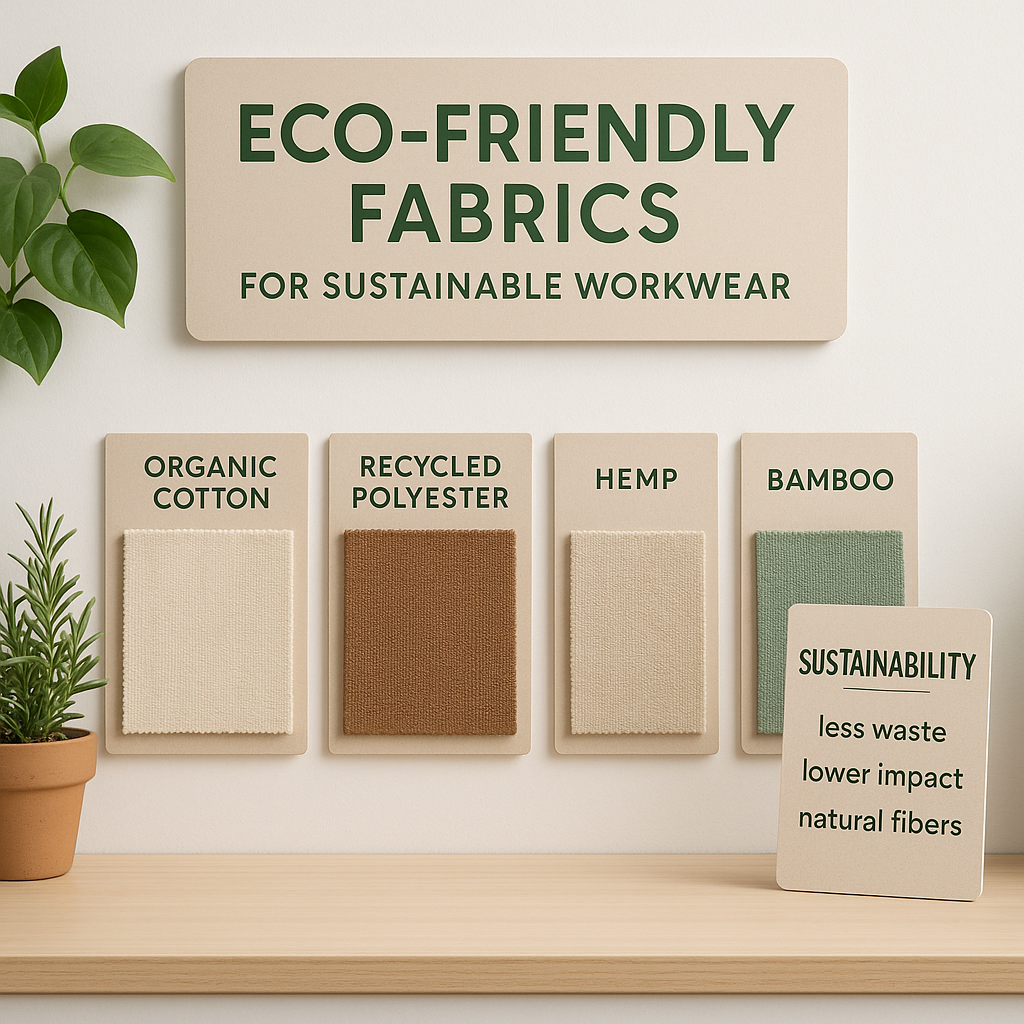

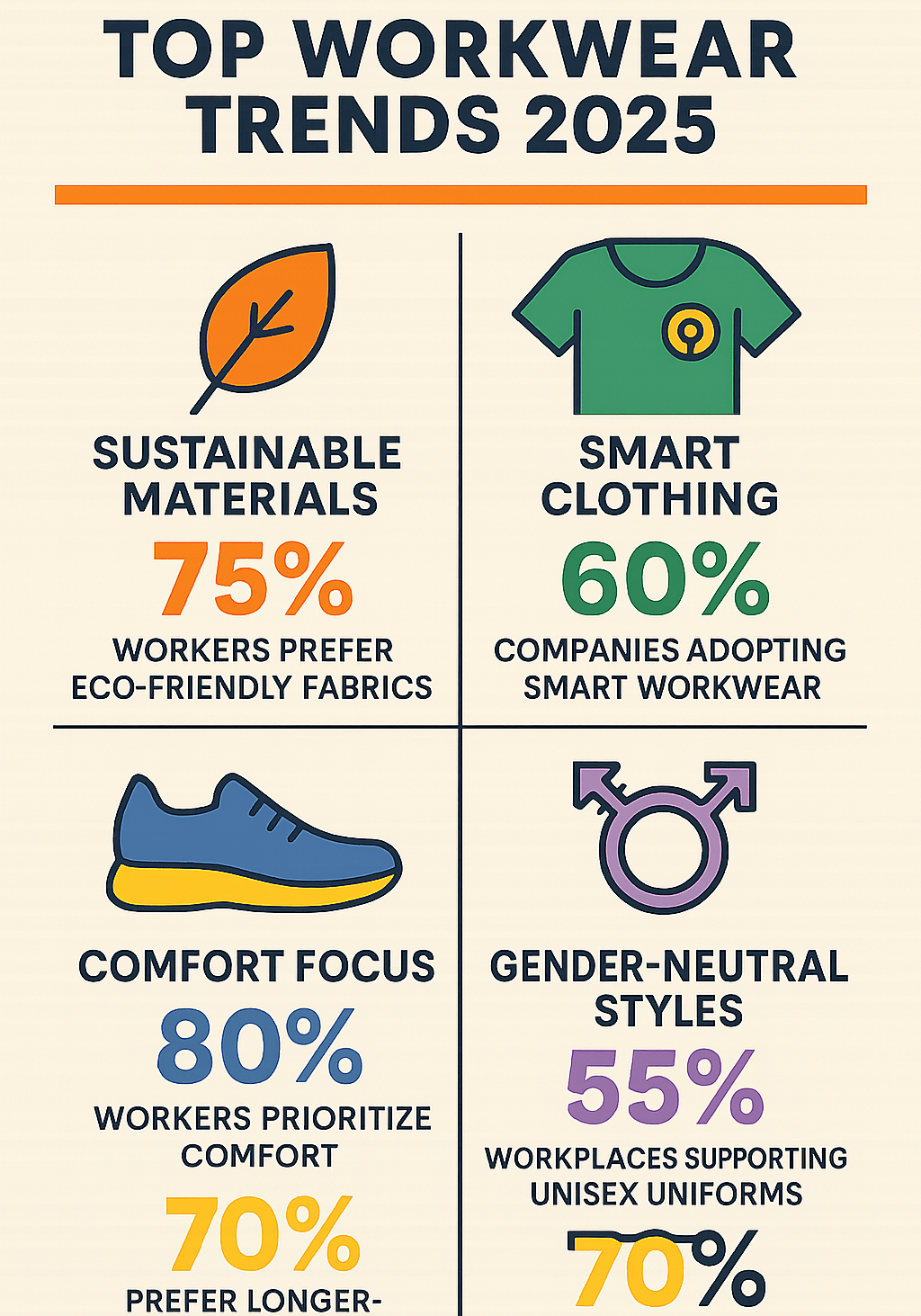

Subscribe us
contact@stylishemployee.com
+91-9548927641
© 2024. All rights reserved.
